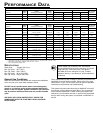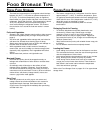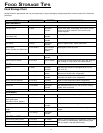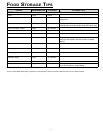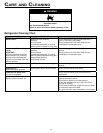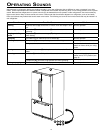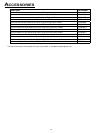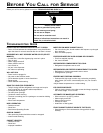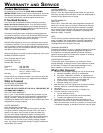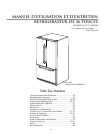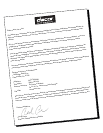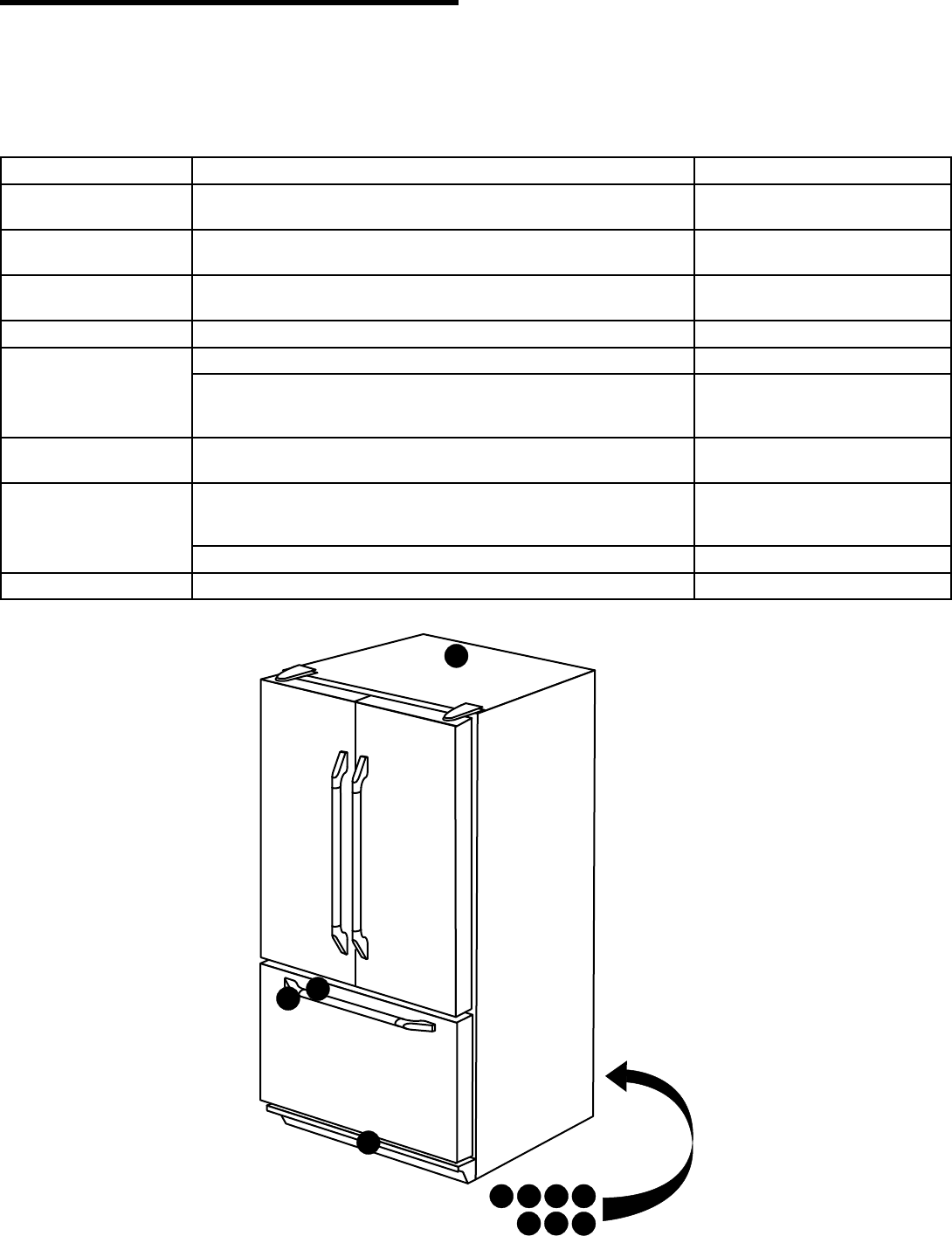
14
15
op e r a t I n g So u n d S
Improvements in refrigeration design may produce sounds in your new refrigerator that are different or were not present in an older
model.Theseimprovementsweremadetocreatearefrigeratorthatisbetteratpreservingfood,ismoreenergyefficient,andisquieter
overall.Becausenewrefrigeratorsrunquieter,soundsmaybedetectedthatwerepresentinolderrefrigerators,butweremaskedby
higher sound levels. Many of these sounds are normal. Please note that the surfaces adjacent to a refrigerator, such as hard walls,
floors and cabinets may make these sounds seem even louder. The following are some of the normal sounds that may be noticed in a
new refrigerator.
K
E
A
F
F
H
D
I
CB
G
Sound Possible Cause Solution
Clicking
Motorized device
(A) sounds like an electric clock and snaps in and
out.
Normal operation
Air rushing or whirring
Freezer fan
(B) and condenser fan (C) make this noise while
operating.
Normal operation
Gurgling or boiling
sound
Evaporator
(D) and heat exchanger (E) refrigerant makes this noise
when flowing.
Normal operation
Thumping
Ice cubes from ice maker drop into ice bucket
(F).
Normal operation
Vibrating noise
Compressor
(G) makes a pulsating sound while running.
Normal operation
Refrigerator is not level. SeeInstallation Instructions for
details on how to level your refrig-
erator
Buzzing
Ice maker water valve
(H) hookup buzzes when ice maker fills with
water.
Normal operation
Humming
Ice maker
(I) is in the ‘ON’ position without water connection.
Stopsoundbyraisingtheice
maker arm to ‘OFF’ position (see
page 6).
Compressor
(G) can make a high-pitched hum while operating.
Normal operation
Hissing or popping
Defrost heater
(K) hisses, sizzles or pops when operational.
Normal operation




